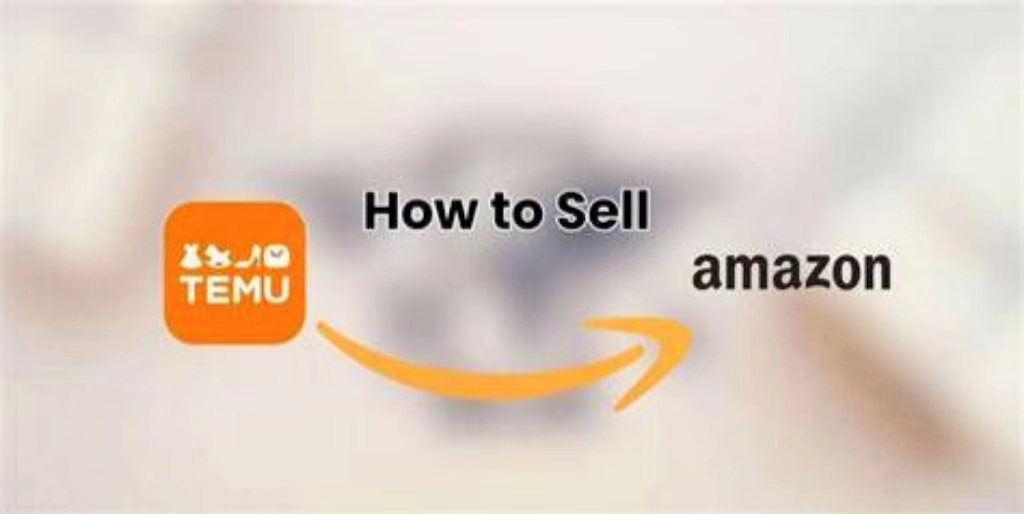In today’s digital marketplace, leveraging platforms like Temu and Amazon can be a lucrative venture for entrepreneurs. If you’re considering selling Temu products on Amazon, you’re in the right place. This guide will walk you through the entire process, from selecting products to optimizing your listings for maximum visibility. Let’s dive into the essentials of successfully selling Temu products on Amazon.
Understanding Temu and Amazon
What is Temu?

Temu is an online marketplace that offers a wide variety of products at competitive prices. It’s known for its user-friendly interface and extensive selection, ranging from home goods to fashion and electronics. Many sellers find success on Temu due to its affordability and diverse product offerings.
Why Sell on Amazon?

Amazon is one of the largest e-commerce platforms globally, with millions of active users. Selling on Amazon provides access to a vast audience and offers various tools to help you manage your business effectively. The platform’s reputation for reliability can also enhance the trust customers have in your products.
Step 1: Research and Select Products
Identify Trending Products
Before diving into selling, it’s crucial to identify which Temu products are trending. Utilize tools like Google Trends, Amazon Best Sellers, and social media platforms to see what products are currently popular. Focus on items that have high demand and low competition.
Evaluate Product Quality
Ensure that the products you select from Temu are of high quality. Read reviews and check ratings to gauge customer satisfaction. Selling high-quality items will help you build a positive reputation and encourage repeat business.
Consider Your Niche
Define your niche to target a specific audience. Whether you’re focusing on home decor, beauty products, or tech gadgets, having a clear niche can help you stand out in the crowded Amazon marketplace.
Step 2: Set Up Your Amazon Seller Account
Choose Your Selling Plan
Amazon offers two selling plans: Individual and Professional. The Individual plan is suitable for those who sell fewer than 40 items per month, while the Professional plan is better for those expecting to sell more. Choose the plan that best fits your anticipated sales volume.
Create Your Account
To set up your Amazon Seller account, visit the Amazon Seller Central website and provide the necessary information, including your business name, address, and tax information. Ensure that your account is set up properly to avoid issues later.
Step 3: Source Products from Temu
Place Your Order
Once you’ve selected the products you want to sell, place an order on Temu. Make sure to account for shipping times and costs when determining your pricing strategy on Amazon.
Consider Bulk Purchasing
To maximize profits, consider buying in bulk. This can often lead to discounts and lower unit costs, allowing you to sell at competitive prices while maintaining healthy margins.
Step 4: Create Compelling Product Listings
Optimize Your Titles
Your product title is one of the first things customers will see. Make it descriptive and include relevant keywords that potential buyers might search for. For example, if you’re selling a kitchen gadget, ensure that the title reflects its purpose and features.
Write Detailed Descriptions
Provide clear and comprehensive descriptions of your products. Highlight key features, benefits, and specifications. Use bullet points for easy readability and include relevant keywords to improve search visibility.
Use High-Quality Images
Images are crucial in online selling. Use high-resolution images that showcase your product from multiple angles. Consider including lifestyle images to help customers visualize the product in use. Make sure your images comply with Amazon’s guidelines.
Step 5: Set Competitive Pricing
Research Competitors
Analyze how similar products are priced on Amazon. This research will help you determine a competitive price point. Remember to factor in your costs, including shipping and Amazon fees, to ensure profitability.
Use Amazon’s Pricing Tools
Amazon offers pricing tools that can help you adjust your prices based on market trends and competition. Consider using these tools to remain competitive without sacrificing your margins.
Step 6: Manage Inventory
Track Your Stock Levels
Keeping track of your inventory is essential to avoid stockouts or overstock situations. Use inventory management tools available on Amazon Seller Central to monitor your stock levels and replenish as necessary.
Plan for Seasonal Trends
Be aware of seasonal trends that may impact your sales. For example, certain products may sell better during holidays or specific times of the year. Adjust your inventory accordingly to meet demand.
Step 7: Promote Your Listings
Utilize Amazon Advertising
Consider using Amazon’s advertising options to increase your product visibility. Sponsored Products and Sponsored Brands can help you reach a broader audience and drive more traffic to your listings.
Leverage Social Media

Promote your Amazon listings on social media platforms. Create engaging content related to your products and share it on your channels. Influencer partnerships can also help reach new audiences.
Encourage Customer Reviews
Positive reviews can significantly impact your sales. Encourage satisfied customers to leave feedback on your products. Engaging with customers and addressing their concerns can also help improve your overall rating.
Step 8: Analyze and Optimize
Monitor Your Performance
Regularly analyze your sales data and performance metrics in Amazon Seller Central. This will help you identify what’s working and what needs improvement. Look at conversion rates, traffic sources, and customer feedback.
Optimize Based on Data
Use insights from your performance analysis to optimize your listings. This could involve tweaking your product descriptions, adjusting prices, or re-evaluating your advertising strategies.
Stay Updated on Trends
The e-commerce landscape is ever-evolving. Stay informed about market trends, Amazon policies, and customer preferences to adapt your strategies accordingly. Continuous learning will help you stay competitive.
Conclusion
Selling Temu products on Amazon can be a rewarding venture, offering access to a vast customer base and the potential for significant profits. By following this comprehensive guide, you’ll be well-equipped to navigate the complexities of e-commerce. From product selection to marketing strategies, each step is crucial for building a successful online business.
As you embark on your selling journey, remember that patience and persistence are key. The more effort you put into understanding your market and optimizing your listings, the more likely you are to achieve success. Embrace the process, learn from your experiences, and watch your business flourish on Amazon.

